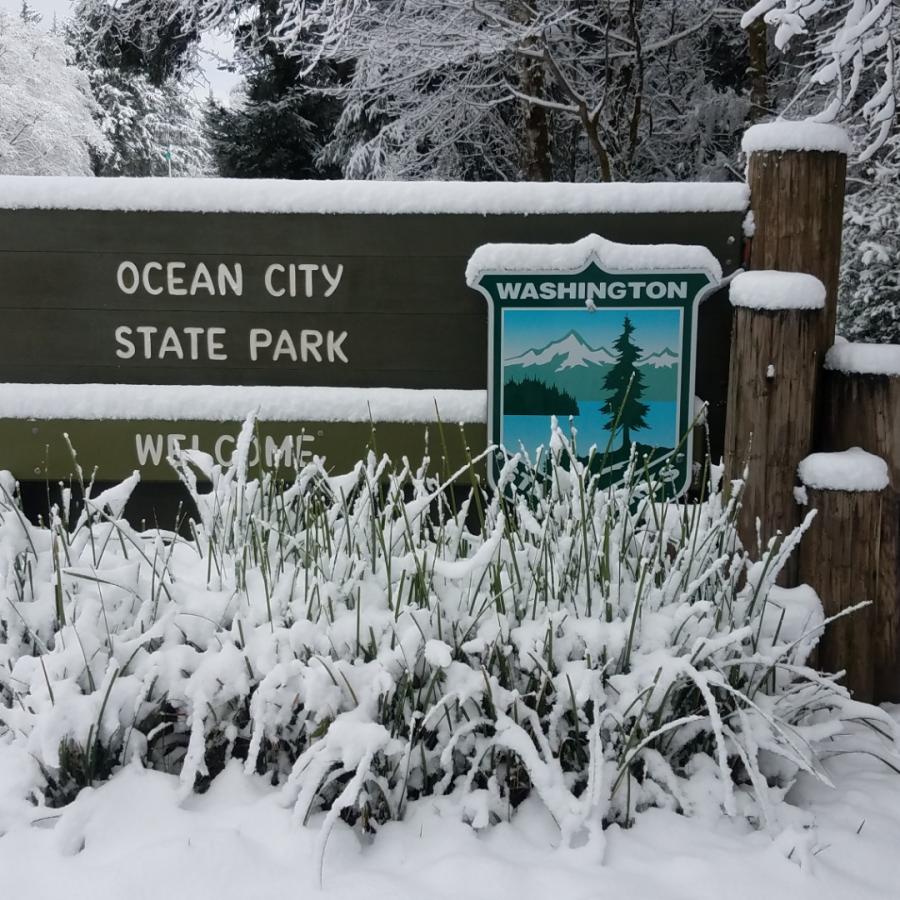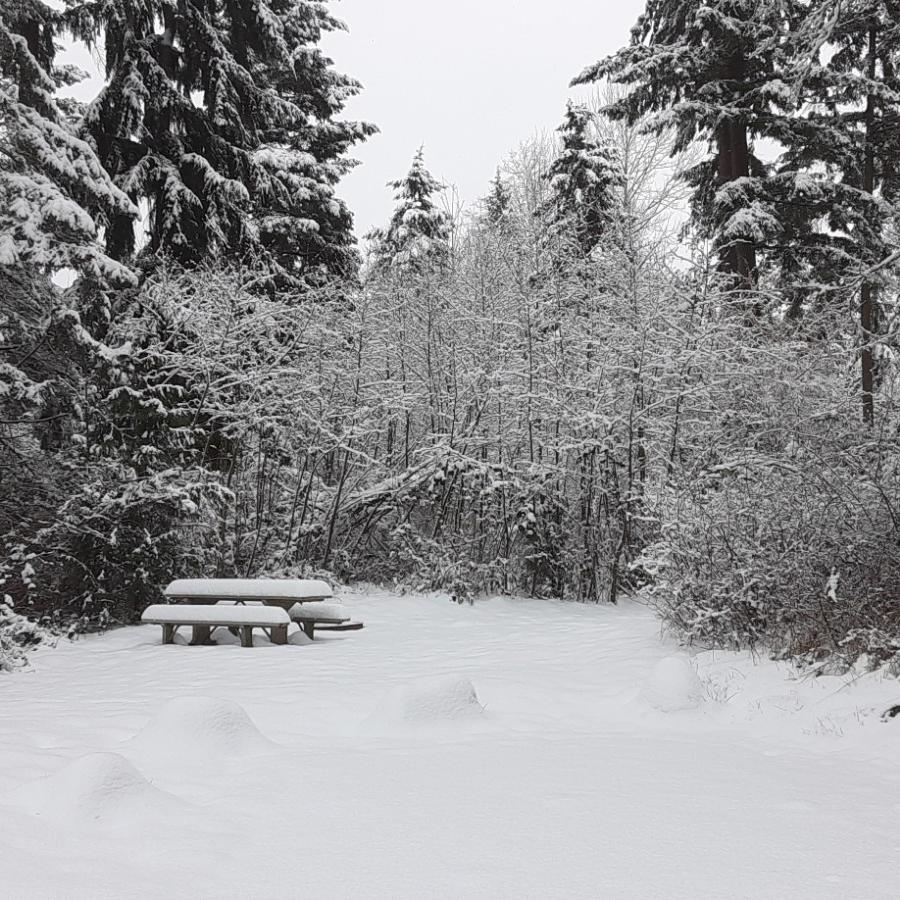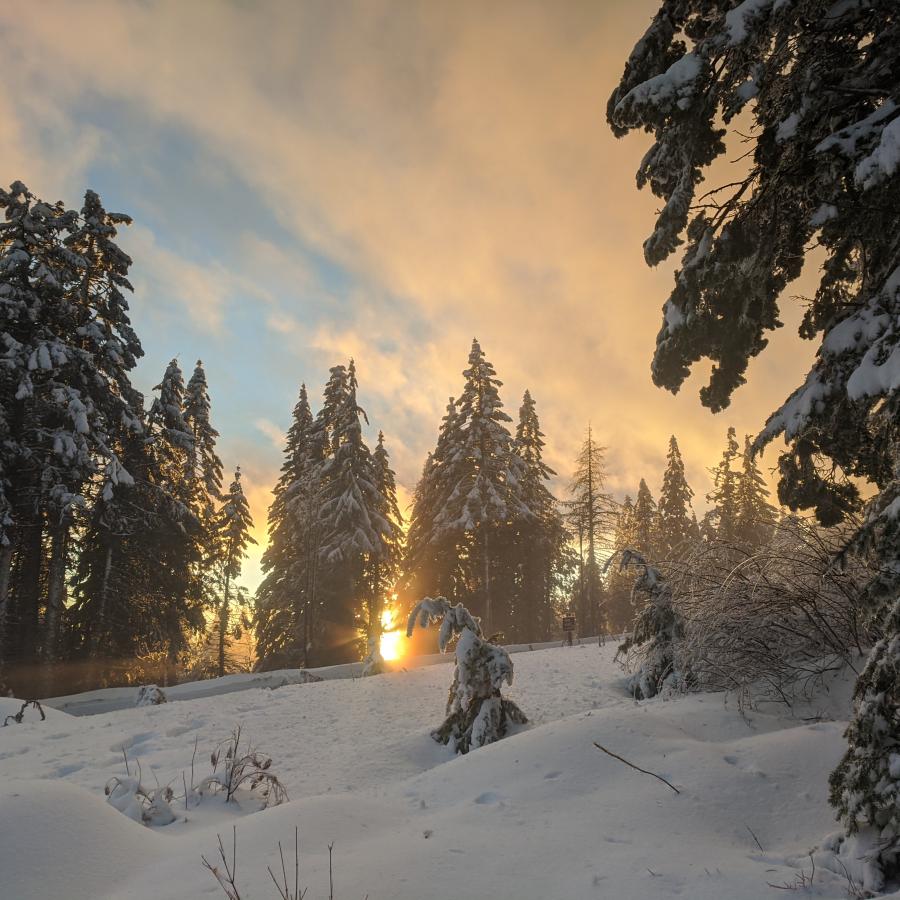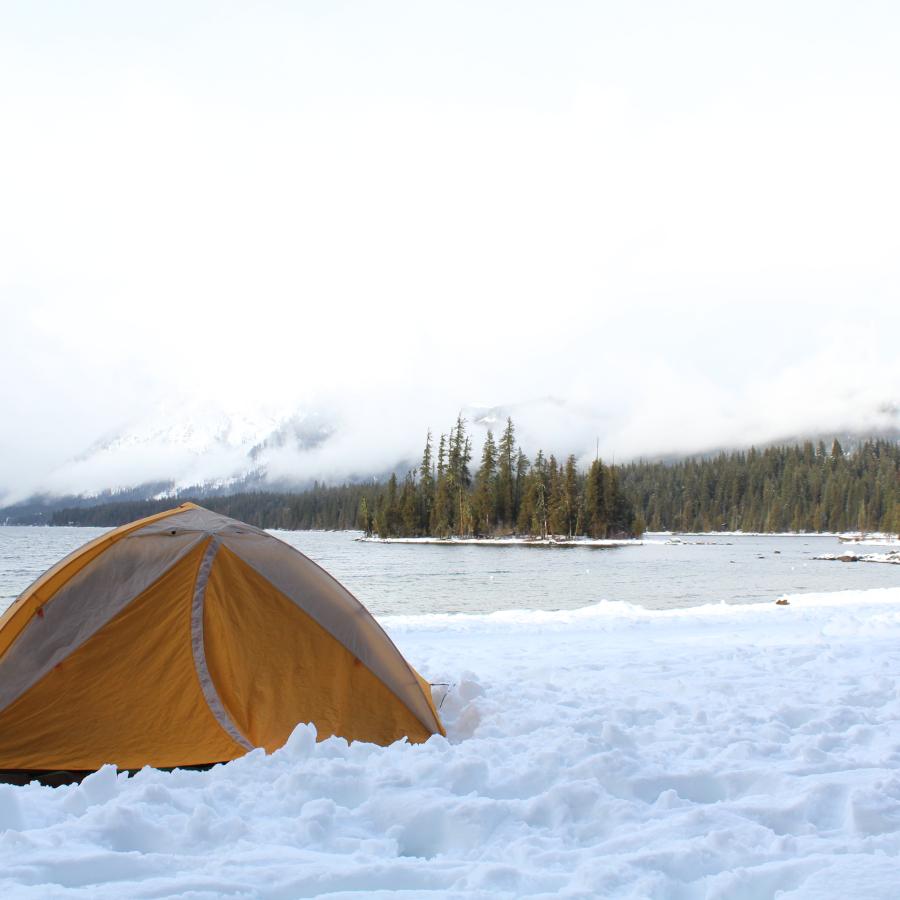



We're updating our camping and moorage fees to continue providing great experiences for visitors amid inflation and rising costs. You will see a rate increase for camping stays booked for May 15 and beyond. Moorage fees will increase Jan. 1. Learn more here.




View the complete Winter Schedule for all Washington State Parks.
Most State Parks stay open all year, however, many parks change to a winter schedule which can include closures of campground loops, limited office and interpretive center hours and and boat launch closures.
Depending on where you're recreating, you may need a Sno-Park permit.
When venturing out into cold weather, it's important to wear clothing that holds your body's heat. Clothing should be windproof, water-repellent, and capable of allowing moisture to evaporate. Layering your clothing is advisable, as the air pockets between fabrics hold in heat.
Conditions in the parks are different in the winter, compared to the spring and summer. When heading out for a winter adventure make sure to bring a cell phone or a two-way radio. A compass, knife, flashlight, matches or a fire starter might be handy. Bring extra clothing and blankets. As well as extra food, water and a first aid kit. Bring your Identification and have a map of the area. Snow can reflect the suns rays making sunglasses and sunscreen important.
Before you go, tell someone where you're heading and when they can expect you back. Or better yet, take a friend or family member with you. Understand the basics of first aid, including CPR, and avoid becoming overly fatigued.
Maintain your energy supply by eating high-calorie foods frequently during your trip. Try to stay dry and put on extra clothing to keep warm.
Seek shelter from the wind and rain if you are lost. Cover yourself with a thermal blanket and dig a snow cave. Build a fire if dry wood is available.
Use the Find a Park Page to see maps and visitor guides for a specific park.